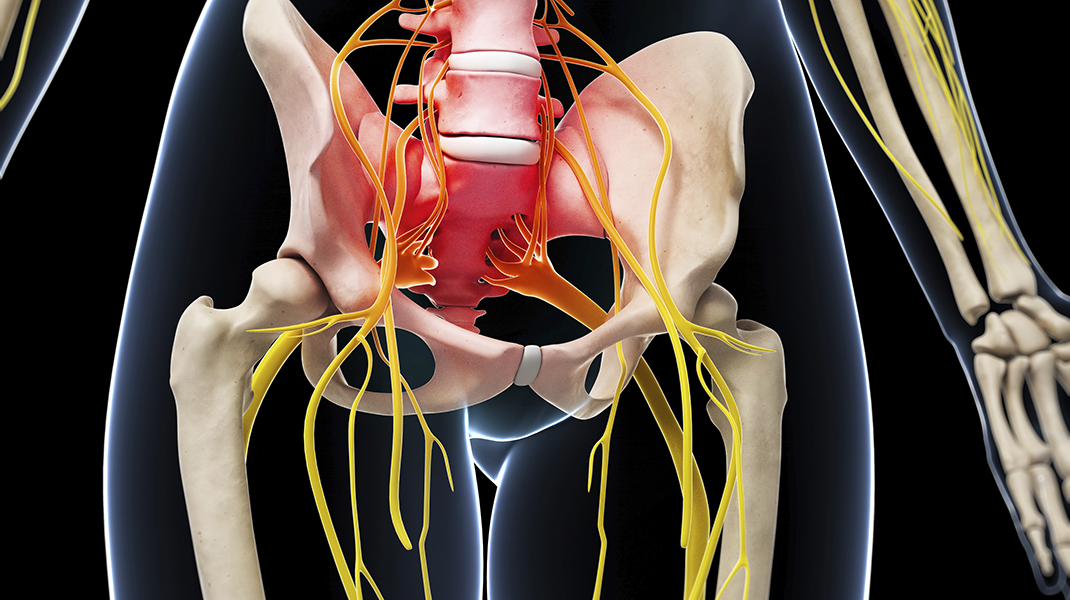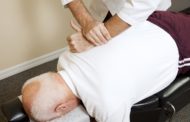Chiropractic Care and Herniated Discs:
A spinal disc is made out of two main parts: The nucleus pulposus, which is the inner jelly- like layer located in the disc center, and the annulus fibrosus, which are the thick ligament-like outer most layers. These two parts help the spine with their movement, flexibility and also provide support throughout the entire vertebrae. Disc degeneration or trauma to the disc can cause the nucleus to become herniated and the inner jelly can leak out of the outer layers and into the spinal canal. When pressure from the fluid is put on the nerves in the spine or any type of pinching or pressure is placed on the spine caused from the herniation, it can cause pain, numbness, tingling, and weakness along the nerve that is being irritated. For example, if the herniated disc happens amongst the lumbar spine, it can cause pain that radiates down the sciatic nerve (causing sciatica).
There are many treatment options for herniated discs. The main goal of treatment for each patient suffering from the herniation is to relieve pain and discomfort as well as other symptoms that may be caused by the herniated disc. Each treatment plan for a patient suffering from a herniated disc should individualized based on the source and severity of the pain and the symptoms experienced by the patient. In the beginning stages of a herniated disc, a non-surgical treatment such as Chiropractic Care is the recommended therapeutic option. Research shows for lumbar and cervical herniated discs, Chiropractic Care treatment for about four to six weeks can severely reduce aching and discomfort.
However, for some patients it is beneficial to seek surgical intervention to relieve the pain from a herniated disc. When a patient has a progressive case and major weakness in the arms and legs that is commonly caused by the pinched nerve during disc herniation, surgery can stop neurological progression. In these cases, without the herniated disc surgery, it can cause nerve loss and permanent damage. Seeking surgery can create a beneficial healing atmosphere for nerve recovery and therefore reducing or eliminating pain and the disc can begin to heal much quicker.
Many people misconstrue that chiropractors use forceful adjustments to “pop discs back into place”, or that chiropractic care is a “quick fix” involving a very small amount of treatments to fix a herniated disc. Chiropractors are known for evaluating the entire spine, and will do so during your visit to determine your disc herniation. For less extreme cases, by determining your herniated disc, your chiropractor will develop an individualized treatment plan that can include a number of things. To start, your chiropractor may gently stretch your spine. This treatment is designed to create space between the vertebrae, allowing for pressure relief on previously compressed nerves. Another treatment option is spinal manipulation, a hands-on therapy that includes osteopathy, chiropractic therapy and physical therapy. Your chiropractor may also feel the need to add low force and gentle chiropractic techniques that will help ease your herniated disc symptoms. Treatments such as manual therapy, therapeutic exercises and stretching, and massage therapy can all help the herniated disc and the symptoms that follow. Your chiropractor will specify your treatment plan based on your level of pain, activity and overall health.







